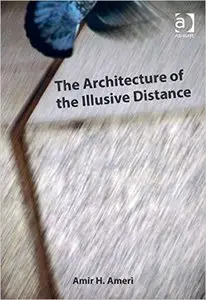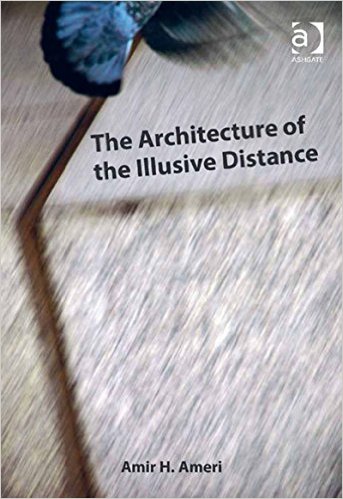The Architecture of the Illusive Distance by Amir H. Ameri
2015 | ISBN: 1472433181 | English | 199 pages | PDF + EPUB | 4 MB + 9 MB
2015 | ISBN: 1472433181 | English | 199 pages | PDF + EPUB | 4 MB + 9 MB
Focusing on three secular, institutional building types: libraries, museums and cinemas, this book explores the intricate interplay between culture and architecture. It explores the cultural imperatives which have seen to the formation of these institutions, the development of their architecture, and their transformations over time. The relationship between culture and architecture is often perceived as a monologic relationship, that is: architecture is seen to embody, represent and/or reflect the values, the beliefs and the aesthetic ideals of a culture. Ameri argues that this is at best a partial and restrictive view, and that if architecture is a cultural statement, it is a performative one, which does not merely represent culture, but constructs, reifies, and imposes it as the unalterable shape of reality. Whereas the concept and the study of cultural performatives have had an important critical impact on cultural studies and related disciplines, the role of architecture as a cultural performative has not received the necessary scholarly attention and, in part, this book aims to fill this gap. Also, aside from Pevsner's pioneering "A History Of Building-types," compiled albeit from a formal perspective in the 1970s, the study of building-types has been relegated to elucidating how to best design a given building-type based on a number of historic and contemporary precedents. On the other hand, studies from the field of the humanities that analytically and critically engage the secular institutions, their history and agenda, generally cast a blind or perfunctory glance at the performative complicity of their architecture. This book aims to address the omissions in both these approaches. The library, the museum and the movie-theater have been selected for close critical study because, this book argues, each has been instituted to house, 'domesticate' and restrain a specific form of representation, with the aim in each being to protect and promulgate the "metaphysics of presence," as Jacques Derrida expounds the concept. This book proposes that it is against the dangers of unbridled cohabitation and the exposure of the insoluble contradictions in any rigorous distinction between reality and representation that the library, the museum, and the movie-theater have been instituted as safeguards. Each has accomplished its assigned performative task by uniquely domesticating and curtailing the specific deconstructive effect of the representation it is given to administer. This is accomplished through distinct formal and spatial strategies that constitute and characterize each type. In its own unique way, each type has rendered the hierarchic distinction between reality and representation reified and experiential, as the inherent contradictions of this distinction is all but suppressed, if only to return in the figure of the uncanny.



